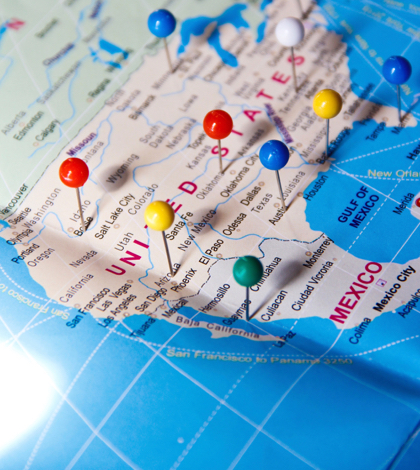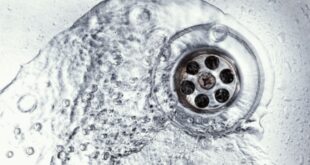With the California drought at its worst, lawmakers are beginning to examine how to solve the water crisis. Instead of looking at traditional ways of conserving water, members of the Bureau of Reclamation are reexamining water projects and infrastructure that could help soften the drought’s blow.
The reexamination comes after a particularly dry year, with little snowpack and rain to supply millions of residents who rely on the weather for water. For years, water from the snowpack was captured and sent to cities and farmers who relied on the water for basic day-to-day activities.
“We have to think differently,” Michael Connor, the deputy secretary of the Interior Department, which includes the Bureau of Reclamation, told The New York Times. “It’s not enough just to conserve water. We need to rethink these projects. We have a lot of infrastructure, but a lot of it doesn’t work very well anymore. We need to undertake what amounts to a giant replumbing project across the West.”
Because of the California drought, the Bureau of Reclamation is coming under fire from both political parties. On one hand, Democrats want the Bureau to focus on reducing climate change as a means of addressing the water crisis. On the other hand, Republicans want the Bureau to focus on creating new ways of getting water to customers instead of telling customers to simply conserve.
Lawmakers, like Representative Kevin McCarthy (R-Bakersfield), want the federal government to focus on addressing the California drought and less on saving different species of fish.
“I’m from the Central Valley, and we know that we cannot ration our way out of this drought,” Representative McCarthy told The New York Times. “Sacramento and Washington have chosen to put the well-being of fish above people.”
Should the Folsom Dam fail to see any snowmelt, new infrastructure will be necessary. To fix the problem for the short term, the Bureau would have to spend $2 to $3 million dollars to install pumps to push the water through the reservoir. To solve the problem in the long-term, the Bureau would need new infrastructure that would capture, conserve and store water without relying on the Sierra Nevada’s snow melting during the spring.
Water policy experts say the Bureau of Reclamation must choose which path to go on. They can choose to keep the current infrastructure that relies on snowpack and distribute it by soaking agricultural fields or they can invest in new infrastructure that will capture rainfall and use computer-technology to drop smaller amounts of water precisely where it is needed. Although the latter saves a significant amount of water, the cost would be substantially more.
In addition to looking at water-saving technology, the Bureau is also considering investing in desalination plants, which could cost hundreds of millions of dollars per plant. The plants would help address the California drought by taking brackish ground water, filtering it and turning it into suitable drinking water.
 California Water News Daily Your Source For Water News in California
California Water News Daily Your Source For Water News in California


